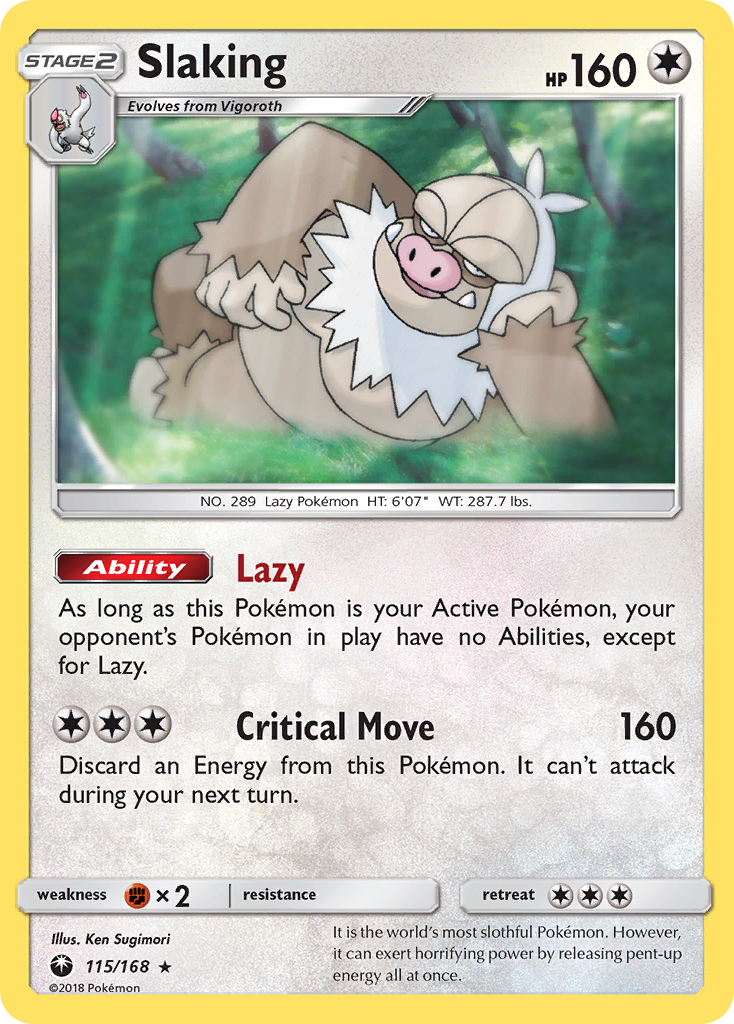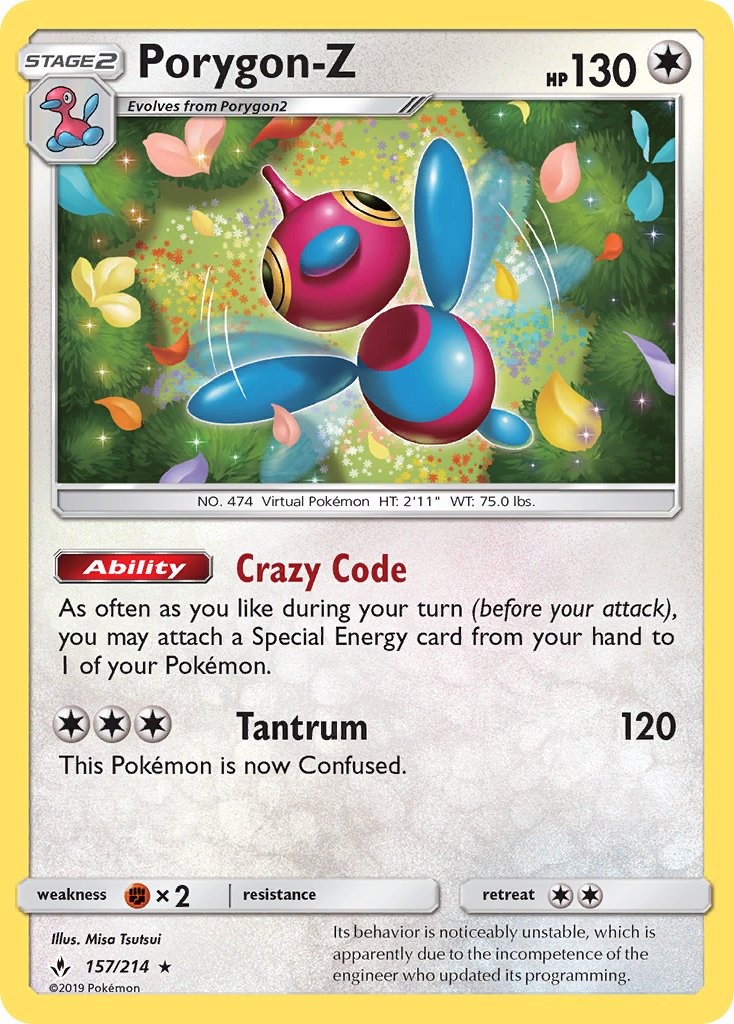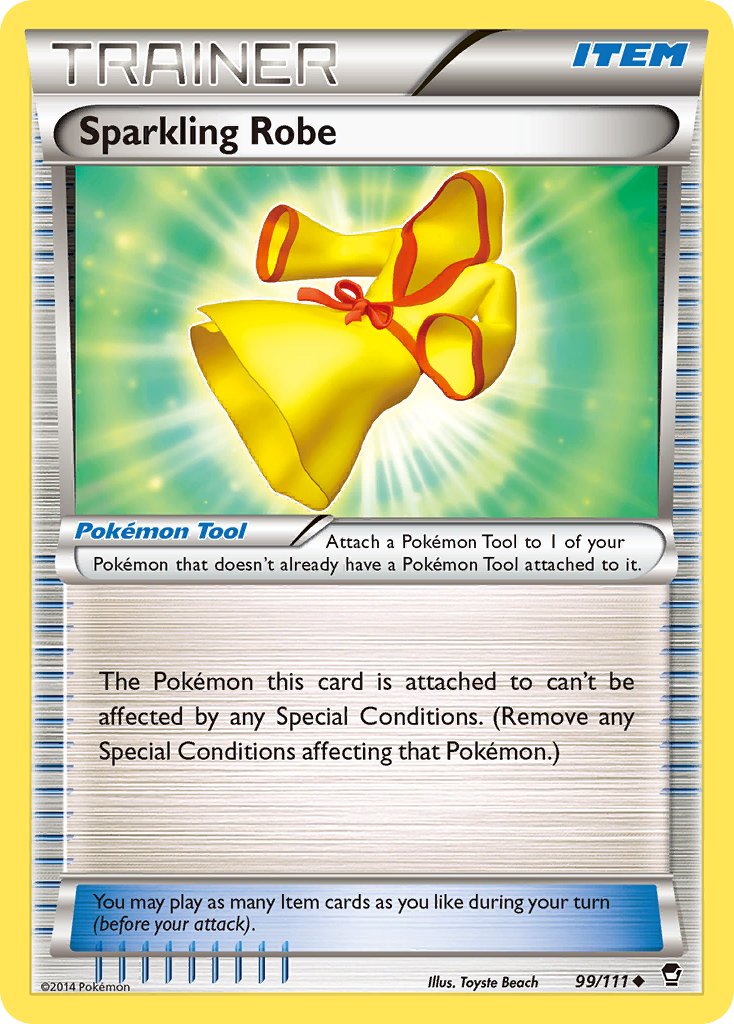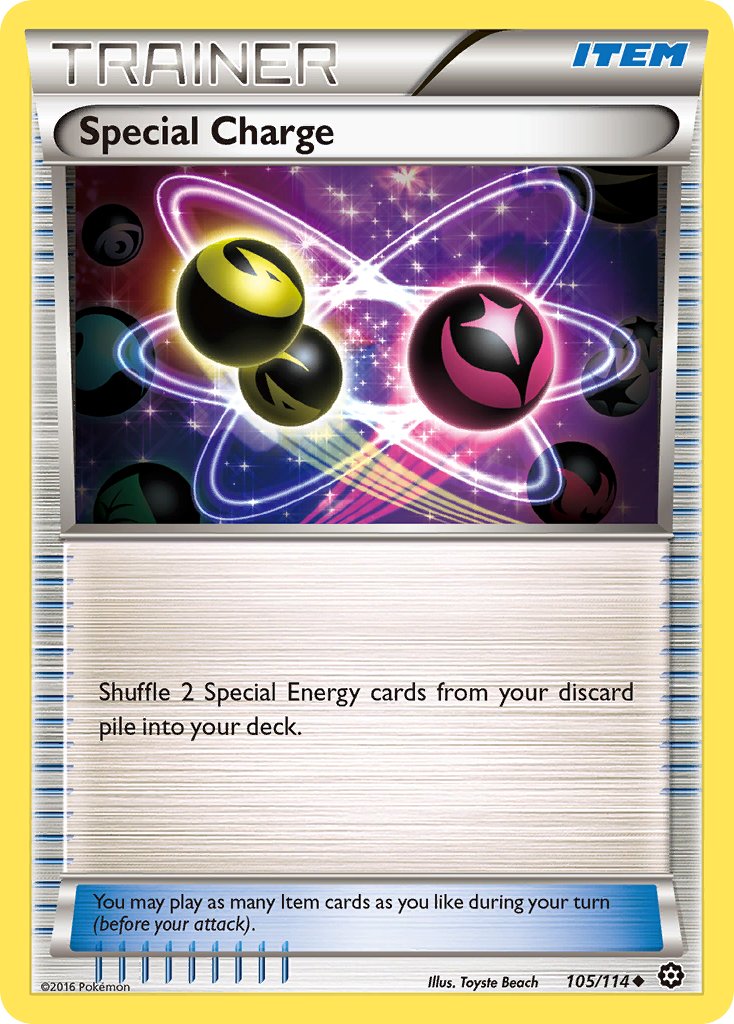GLC Colorless Deck

An Ancient Spin on a GLC Classic

Colorless has always been a type that has boasted amazing energy acceleration and draw power. While the same set of draw support Pokemon are used in most attacking colorless lists, the introduction of Archeops in Silver Tempest brought with it a form of special energy acceleration alternate to Porygon-Z’s Crazy Code. Both Porygon-Z and Archeops have different advantages and disadvantages that set each other apart. While Porygon-Z has the potential to attach more energies to your Pokemon per turn and requires less deck space to play consistently, Archeops provides players with more consistent energy acceleration and synergy with the powerful Team Up Aerodactyl. These differences have caused attacking Colorless to branch out into the classic Crazy Code decks and more recent Fossil Colorless decks. The deck that is the subject of this spotlight presents the question, “Why not both?”
The Lazing Gorilla in the Room

This deck is essentially a Crazy Code deck, with the exception of the Archeops line replacing the commonly run Slaking line. Slaking is an amazing Pokemon that can be a pain to deal with thanks to its Lazy turning off abilities and powerful Critical Move attack. In my initial foray in Colorless, although I found Slaking to be very powerful, I also tended to not play it until the late game in a lot of my matches. While Slaking is going to be powerful regardless of what point one is in the game, I found that in the games where Porygon-Z was knocked out I struggled to power it up and sustain Critical Move’s energy discard drawback. This issue naturally translated to a struggle to power up my other attackers. Archeops turned out to be an elegant solution to this issue.
Two Minds Are Better Than One

With the addition of a second special energy accelerator, the longevity of this deck is drastically increased. The game plan remains to prioritize evolving up to Porygon-Z for energy acceleration while playing the second stage 2 line passively as you draw its components, but now the deck has increased insulation against prizing its energy acceleration or lacking energy acceleration in the late game. Even if Porygon-Z is bossed up and knocked out before the game is over, Archeops will still be there to satisfy your attacker’s energy costs. You will find, late in close games, that you are still able to churn out attackers just as easily as you were in the early-mid game. The beauty of this pairing is that you don’t have to take up deck space with Fossil Research Lab, or any of its outs. Because Porygon-Z is the primary energy accelerator, you will still have an energy accelerator regardless of whether or not you can put Archeops into play. And if you happen to draw Unidentified Fossil early, you’ve already accomplished the hardest part of putting Archeops into play and are in a much better position.
Early-Game

Going Second is the name of the game with this deck. Being able to play Brigette, Gloria, or Winona on your first turn allows you to get set up very quickly. On your first turn with these supporters you ideally want to get 2 of your draw Pokemon (Mincinno, Bidoof, and Pidgey) and Porygon down. This will allow you to start drawing many cards while preparing to put Porygon-Z into play. While it may be tempting to start swinging with Snorlax right away, if your opponent isn’t threatening to play an attacker or if you don’t have Sparkling Robe it is best to use Lugia as your initial attacker. Snorlax’s sleep turns can delay your stream of knockouts, but if your opponent has an attacker ready early Snorlax can save you by knocking it out and mitigating the threat. Play the Archeops line as you draw them, keeping your bench space in mind. It is best to play Chaotic Swell as soon as you draw it to make it harder for your opponent to hinder your setup with Parallel City.
Mid-Game and Late-Game

As the game progresses, there are some key cards you want to try your best not to discard. The deck doesn’t run Professor’s Research to make this easier. Make sure to have at least one stretcher/rod available for recycling your attackers for the late game. Without attackers to accelerate to a late game Archeops/Porygon-Z is far less potent. Try to get value out of your stretcher/rod by waiting to use it until you can get 2-3 important attackers back. Special Charge is also a crucial card to not discard, as it prevents you from running out of energies in the late game. When using Special Charge, try to wait until you can put back two “double” energies. Try to save your Powerful Energy and Fighting Fury Belt for Kangaskhan, as its Rally Back can be prone to missing knockouts. Powerful Energy can also be attached to Archeops in some games in order to give it the boost it needs to take the last knockout. Most of the time the Double Turbo Energy can go onto Snorlax. Even with the -20 damage, 160 damage can still knock out a plethora of Pokemon. Try to save your Field Blower for Fighting Fury Belts and Capes of Toughness; with all of your draw power and double stadiums (including Swell) you have other outs to Stadium denial. Disregard this if your opponent has a particularly powerful stadium out that is pressuring you.
Closing Remarks
Despite this deck’s replacement of Slaking, it is far from a bad card. In fact, there will be games where you miss its Lazy ability and power, just as there were games where I missed having late game energy acceleration. This deck and Slaking/Porygon-Z decks excel at different things. The same goes with Fossil Colorless decks. Despite this, hopefully this Spotlight shed some light on an alternative way of playing attacking Colorless.
Deck List

##Pokémon - 15
- 1 Bidoof PRC 116
- 1 Ditto PGO 053
- 1 Kangaskhan DAA 133
- 1 Lugia CEL 022
- 1 Minccino BRS 124
- 1 Pidgey TEU 121
- 1 Porygon LOR 140
- 1 Snorlax LOR 143
- 1 Archen SIT 146
- 1 Bibarel BRS 121
- 1 Cinccino SSH 147
- 1 Pidgeotto TEU 123
- 1 Porygon2 UNB 156
- 1 Archeops SIT 147
- 1 Porygon-Z UNB 157
##Trainer Cards - 35
- 1 Escape Rope BST 125
- 1 Evolution Incense SSH 163
- 1 Evosoda XY 116
- 1 Field Blower GRI 125
- 1 Hisuian Heavy Ball ASR 146
- 1 Level Ball BST 129
- 1 Nest Ball SUM 123
- 1 Quick Ball FST 237
- 1 Rare Candy PGO 069
- 1 Rescue Stretcher GRI 130
- 1 Special Charge STS 105
- 1 Super Rod BKT 149
- 1 Ultra Ball BRS 150
- 1 Unidentified Fossil SIT 165
- 1 VS Seeker ROS 110
- 1 Fighting Fury Belt BKP 099
- 1 Float Stone BKT 137
- 1 Chaos Tower FCO 094
- 1 Chaotic Swell CEC 187
- 1 Parallel City BKT 145
- 1 Ball Guy SHF 065
- 1 Bird Keeper SHF 066
- 1 Boss's Orders LOR 241
- 1 Brigette BKT 161
- 1 Colress PLS 118
- 1 Colress's Experiment LOR 155
- 1 Gloria BRS 212
- 1 Guzma BUS 143
- 1 Guzma & Hala CEC 193
- 1 Hex Maniac AOR 075
- 1 Marnie SSH 200
- 1 N FCO 105
- 1 Tate & Liza CES 166
- 1 Teammates PRC 160
- 1 Winona ROS 108
##Energy - 10
- 1 Capture Energy RCL 171
- 1 Counter Energy CIN 100
- 1 Double Colorless Energy FCO 114
- 1 Double Turbo Energy BRS 151
- 1 Draw Energy CEC 209
- 1 Gift Energy LOR 171
- 1 Powerful {C} Energy DAA 176
- 1 Recycle Energy UNM 212
- 1 Twin Energy RCL 174
- 1 Warp Energy SLG 070